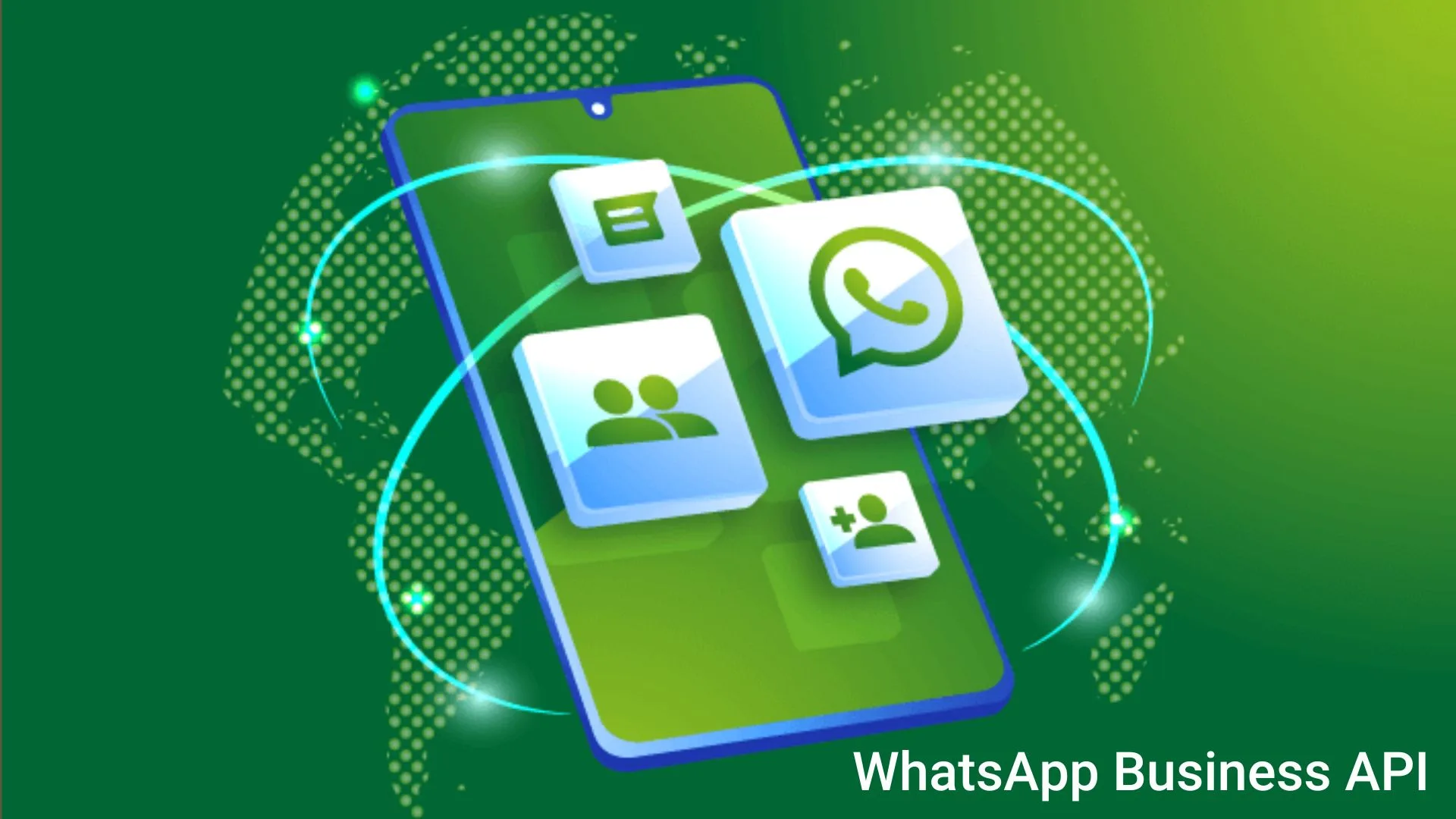In a world dominated by social media algorithms, instant messaging, and AI-driven chatbots, it might be tempting to think of email as a thing of the past. But here in 2025, email marketing is not just alive — it’s thriving. For small and medium-sized businesses (SMBs) in India and the United States, email remains one of the most effective, direct, and cost-efficient tools in the digital marketing arsenal.
Let’s break down why email marketing continues to work — and how smart SMBs are using it to grow.
1. Direct Access to Your Audience
Unlike social media platforms that filter your reach based on algorithms or paid boosts, email puts you directly in your customer’s inbox. It’s personal. It’s intentional. A well-crafted email stands a much higher chance of being seen — and acted upon — than a fleeting social post.
For SMBs in India, where digital adoption is skyrocketing across tier-2 and tier-3 cities, email is often the first channel of professional digital communication. In the US, where inbox culture has long been established, email is a default channel for brand interactions.
2. High ROI, Low Cost
According to global benchmarks, email marketing still delivers an average ROI of $36 for every $1 spent. For cost-conscious SMBs, this is a game-changer. Whether you’re a growing D2C brand in Mumbai or a local service provider in Austin, email campaigns offer you enterprise-level reach at a fraction of the cost of paid ads.
Additionally, most SMBs already have customer data — from purchase histories to inquiry forms. Email allows you to unlock the value of that data through segmented, behavior-based campaigns without needing massive ad budgets.
3. Automation = Scalable Growth
Today’s email marketing is powered by automation. With tools like Mailchimp, Sendinblue, Klaviyo, and even open-source options, you can now set up behavior-triggered sequences that nurture leads, onboard new customers, re-engage cold leads, and drive repeat sales — all on autopilot.
For example, an Indian startup selling skincare products can send educational sequences about skin types, followed by personalized product recommendations. A US-based SaaS company can onboard new users with a 7-day tips series followed by upgrade nudges — all without any manual effort after setup.
4. Trust and Ownership
With increasing concerns about data privacy and overdependence on third-party platforms (think Instagram or Google Ads suspensions), email gives you something rare: ownership. Your email list is yours. You’re not renting space — you’re building a direct communication channel that no platform can take away.
Especially in regions like India where WhatsApp dominates communication, emails bring a sense of official credibility. And in the US, email is still the preferred channel for business updates, receipts, newsletters, and offers.
5. Better Personalization, Better Conversions
In 2025, personalization isn’t just “Hi [First Name]” — it’s dynamic content, localized offers, predictive send times, and AI-assisted copywriting. SMBs today can use simple CRMs and email tools to send the right message to the right person at the right time.
A fitness coach in Delhi can send workout tips based on user goals. A boutique fashion brand in Chicago can send product restock alerts based on past purchases. Personalized campaigns don’t just feel better — they convert better.
Final Thoughts: Email Isn’t Dead — It’s Evolved
In both Indian and US markets, the SMB landscape is fiercely competitive. Customer acquisition costs are rising. Attention spans are shrinking. But amidst all this noise, email remains a quiet, powerful tool that builds relationships, drives sales, and nurtures loyalty.
If you’re an SMB not investing in email marketing in 2025 — you’re leaving money on the table.




